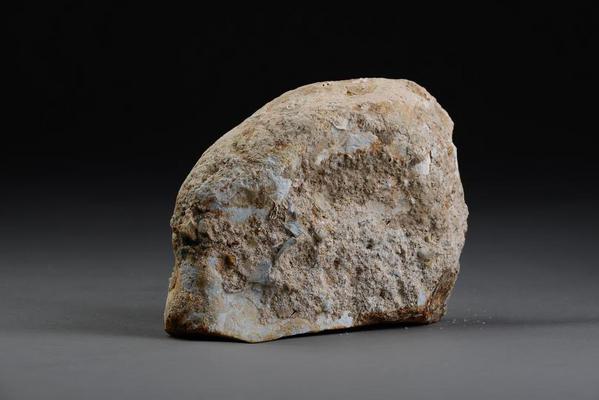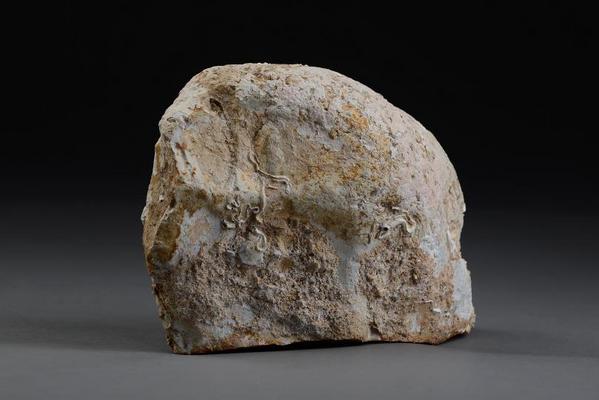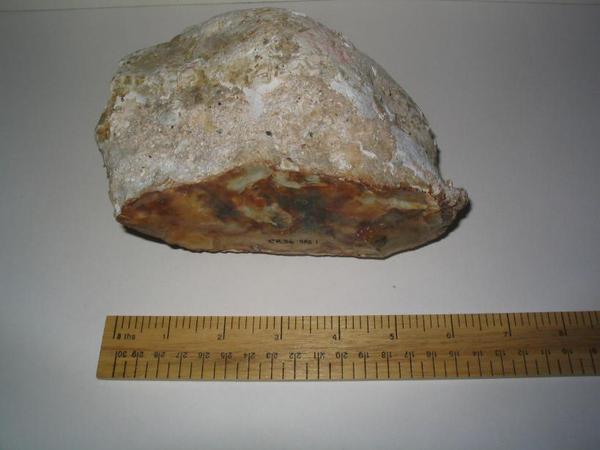flint cobble
Accession Number CRRMU : 1985.36.4
Description
Stone, flint and mortar (lime) cobble and building material from the Church Rock, seabed 400 metres off shore from the Bath hotel
Read Moreflint cobble
The coastline of Norfolk has always been subject to the effects of the sea. Just off the coast at Cromer is the submerged village of Shipden which was washed away during the14th century. Guidebooks of the 18th century stated that the village church was still visible at high tide.On August 8th 1888 the steam tug ‘Victoria’, on a journey from Great Yarmouth with a boatload of pleasure seekers, struck this underwater obstacle, known to locals as ‘Church Rock’.The unfortunate vessel had hit the long submerged tower of Shipden’s Church.With her passengers and crew safely rowed ashore and travelling home by train, work began to rescue the stricken ship, attempts to pull her free failed and so she was left as a wreck on the tower.To ensure no shipping met the same fate again the decision was made to destroy the tower and so the flint structure and shipwreck were blown up with dynamite. This flint cobble was brought to the surface after a dive in 1985 by Martin Warren, Curator of Cromer museum at the time .It is said by locals that the tolling of Shipden’s bells can still be heard over the waves on a stormy night.



